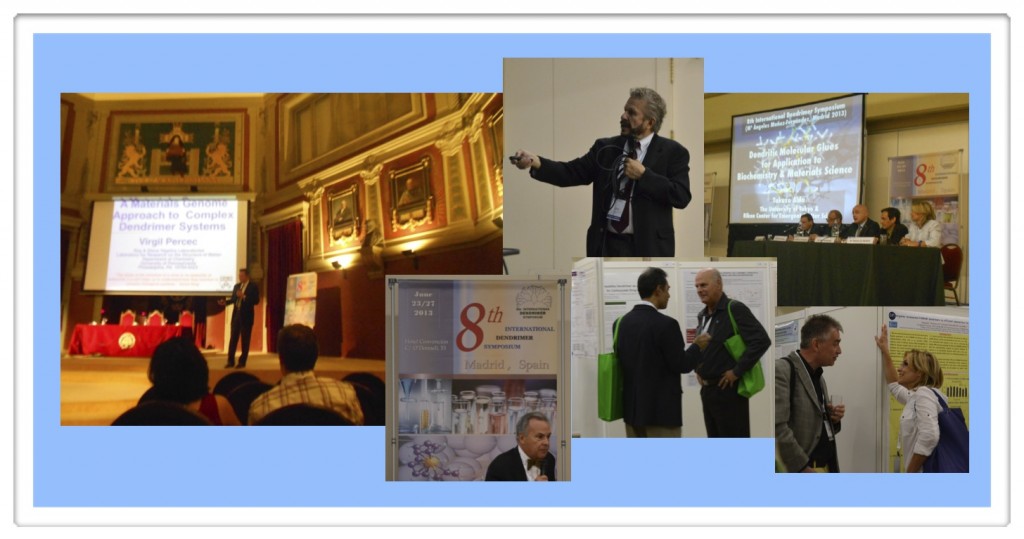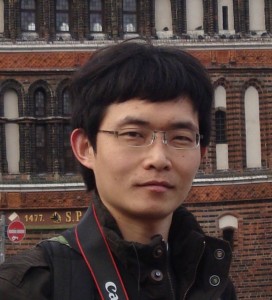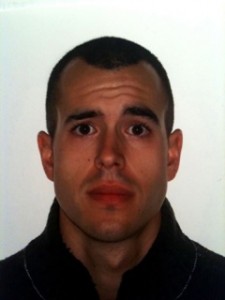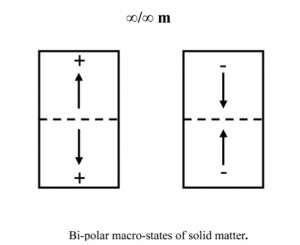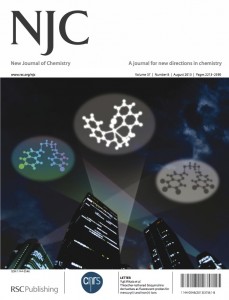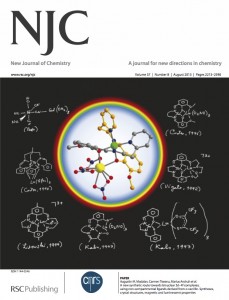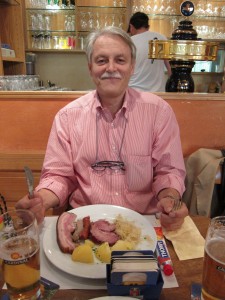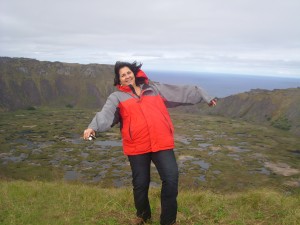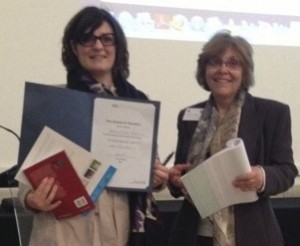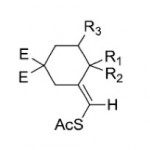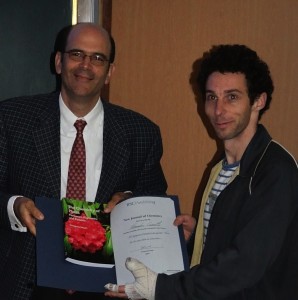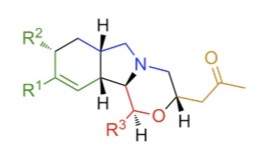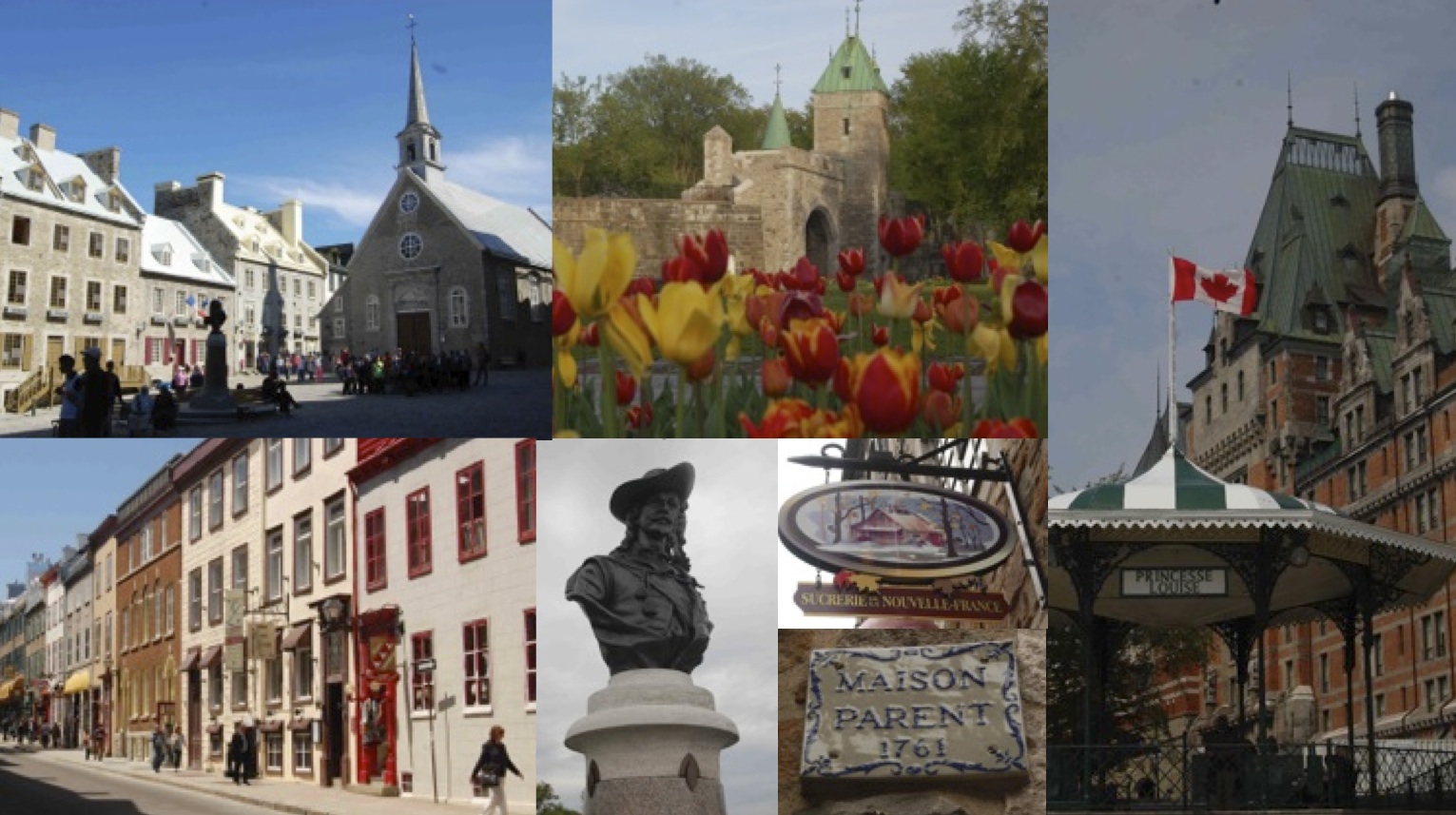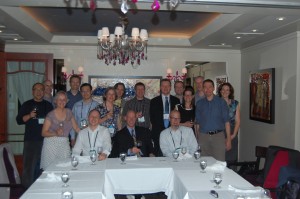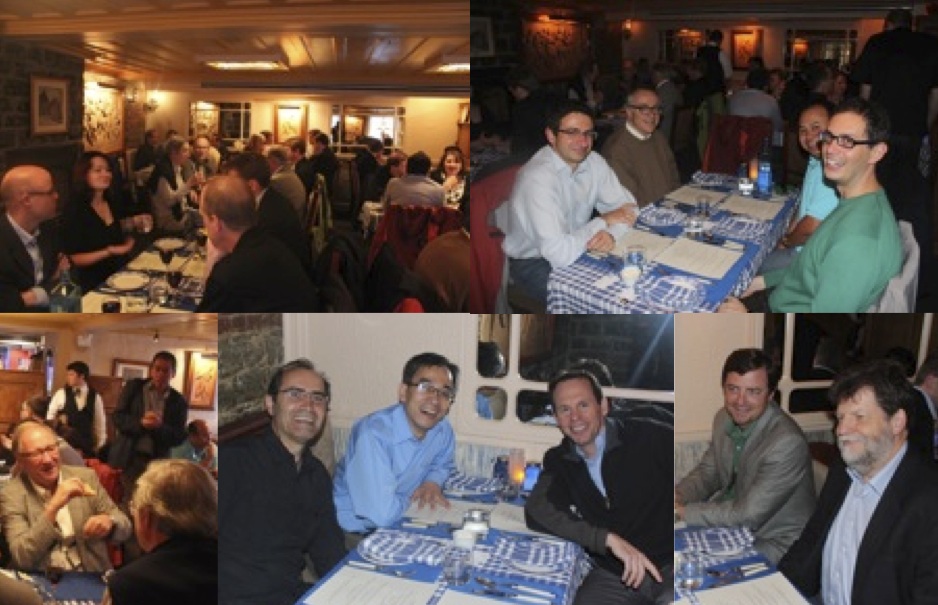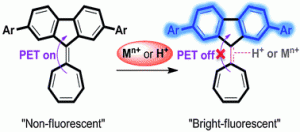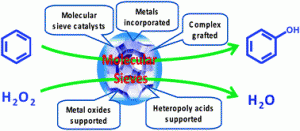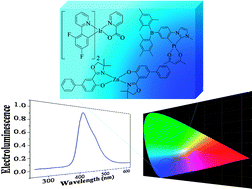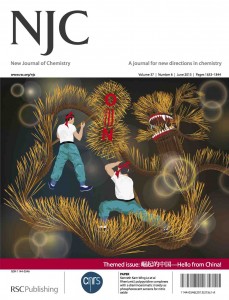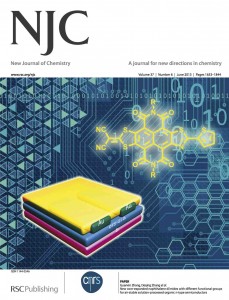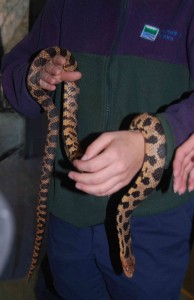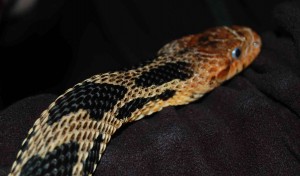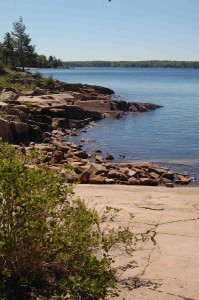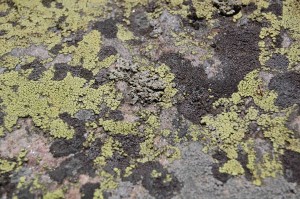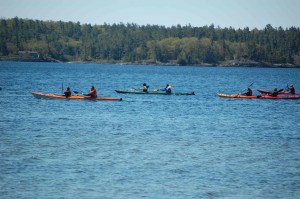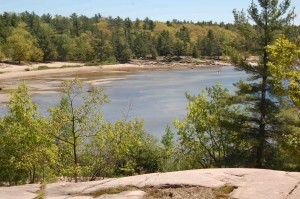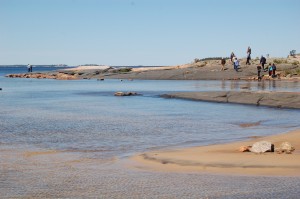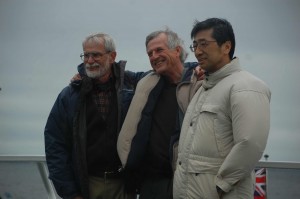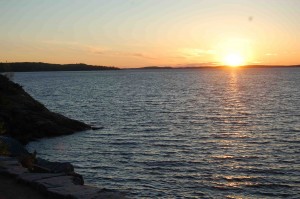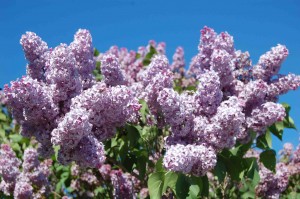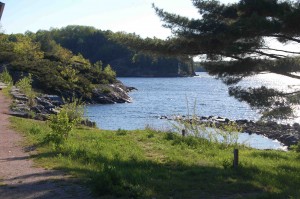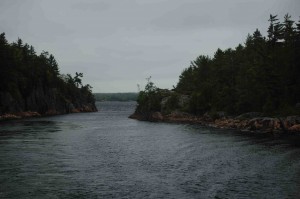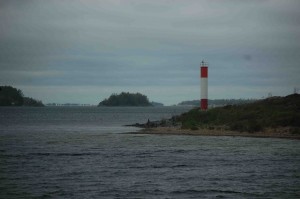The 8th International Dendrimer Symposium was successfully held in Madrid on June 23–27 with Prof. Maria Angeles Muñoz-Fernandez as the chair. More than 200 scientists from all over the world participated in IDS-8 to present their latest achievements in dendrimer science.
The meeting opened with the “Ramon Areces” welcome lecture delivered by Prof. Virgil Percec, who depicted a fascinating material genome approach to construct complex dendrimer systems. Using dendritic motifs to create different types of fractal patterns was nicely exemplified by Prof. George Newkome, whereas capitalization on new strategies for dendrimer synthesis was the main focus in the lecture of Prof. René Roy. Prof. Dieter Schlüter reported the synthesis and characterization as well as discontinuities in dendronized polymers, whereas Dr. Anil Patri presented lessons learned from preclinical assessment of dendrimers.
Prof. Donald Tomalia gave a vivid and brief overview on the development of dendrimer science and focused in particular on the dendritic effects, which were further discussed in the lectures of Dr. Anne-Marie Caminade and Dr. Takuzo Aida. The meeting ended with the closing lecture of Dr. Jean-Pierre Majoral, who discussed the dendrimer space in nanomedicine and foresaw a bright future for dendrimers in therapeutic applications.
Poster prizes provided by several sponsors, including NJC, were awarded just before this closing lecture. The NJC laureats were profiled in an earlier post.
It is to note that, beside the excellent scientific program, there was a fantastic social program with a visit of the Prado museum and the Real Madrid stadium as well as the flamenco gala evening.
The next IDS meeting will be hosted by René Roy in Montreal, Canada in 2015. NJC will be there and we look forward to another excellent conference in the fascinating field of dendrimers.


